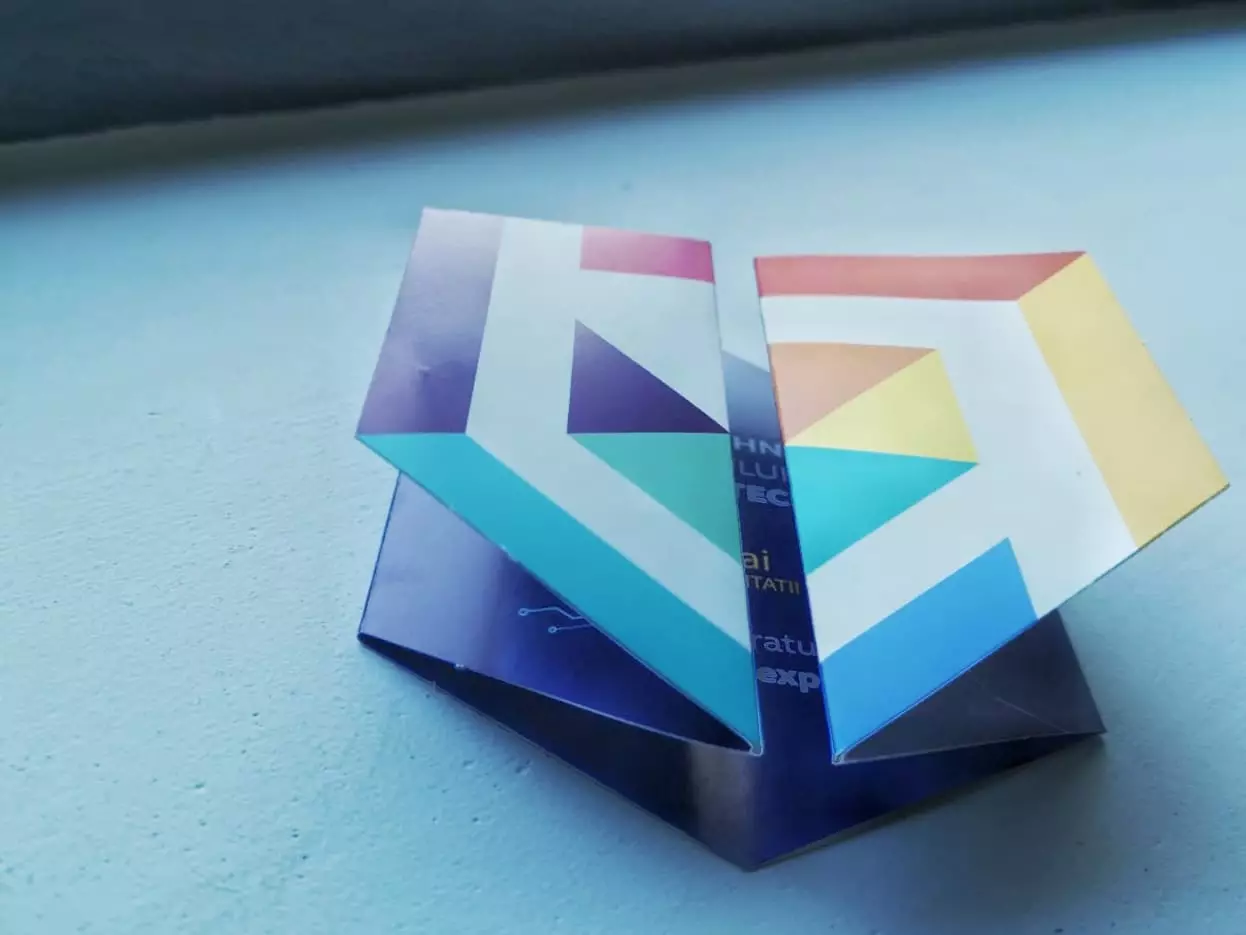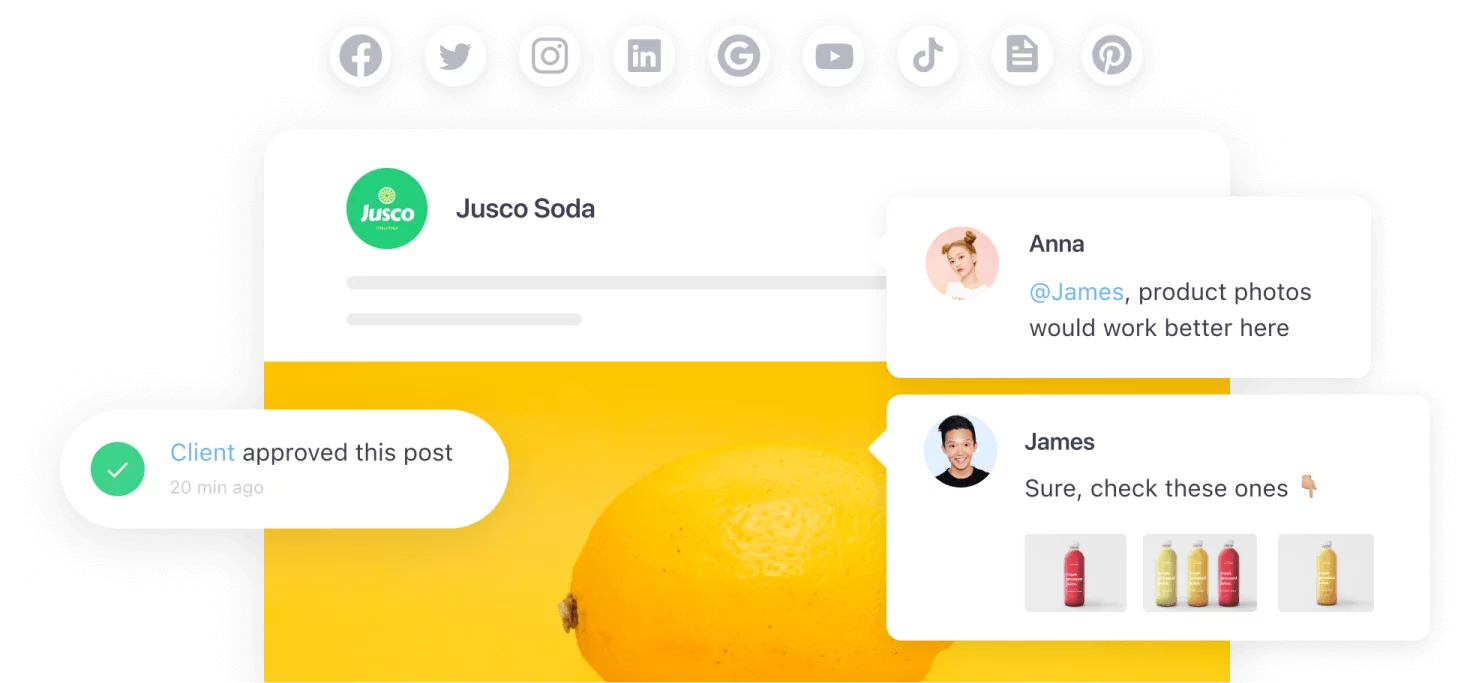Marketing provides limitless possibilities for content creators. From good old printables to fairly unexplored WhatsApp newsletters — any form of content can find its place in your content marketing strategy.
Collectively, all content formats are called marketing collateral. And that’s where we’re headed today. In this article, I’ll cover 36 types of different marketing collateral: old, new, and futuristic.
By the end, you’ll learn:
- The prominent physical and digital marketing collateral types
- How each type can serve your target audience
- Examples of great marketing collateral through the years
Rather listen to the info? Here’s the TL;DR version:
What is marketing collateral?
Marketing collateral is any digital or printed material produced by the company or business to reach out to its target audience. Marketing teams use marketing collateral to increase brand awareness, drive brand recognition, generate leads, communicate the company’s brand message, and more.
Marketing collateral includes tons of formats: from sales presentations to direct mail and media publications. That gives marketing teams a lot of freedom in choosing the instruments most suitable for their target audience.
10 digital marketing collateral to begin with
If you have a lot of resources, it’s better to keep your marketing efforts focused.
I chose 10 marketing pieces I personally would call the online marketing collateral essentials. They’re not necessarily easy to create, but they pack a punch.
1. Long-form blog content, or blog posts
Blog posts are a great asset that can help you at every stage of the sales funnel if you cook it right. It’s a universal type of marketing collateral that harnesses the power of classic content marketing. You can use blog posts to provide valuable content to your existing and prospective customers, establish an expert position, and keep your audience informed about your product or services.
Tip: Visual elements like images, flowcharts, screenshots, and annotations are a great way to engage your new readers and guide them through the entire blog post. Read more about creating graphics for your blog posts.
The next step is SEO. An SEO strategy helps you create blog posts tailored to your target audience’s interests and rank higher in search engines, thus, improving brand awareness and even capturing leads. A good example of a blog made right is Slack — check it out.
Implement a consistent blog content calendar and see the leads poor in. If you’re a solo entrepreneur or have a small team, you can always hire quality freelance writers to help you create marketing collateral that is brand-consistent and efficient.
2. Case studies, or customer success stories
Case studies are a genuine form of showing how good you are without bluntly bragging. It’s an indispensable asset in the sales process, especially in the B2B segment. They’re bigger than blog posts and address those interested in how you do business and what actual impact your product or service brings.
In the marketing funnel, case studies usually take place at the consideration stage.
A good case study can be the final nudge that converts prospective customers into contacting your sales team. Case study readers are very close to signing up, so this type of marketing collateral is also a way of knowing which visitors are likely to buy.
For inspiration, I recommend you take a look at some of the customer stories from Intercom here:
3. Email signature, or your business’ resume
One of the simplest types of marketing collateral is your email signature. For the sake of brand consistency, you can easily use a template for all your employees and add all the important details of your business.
Feel free to add the phone number, address, and website, and even slip a link to an important project you want to highlight. Think of it this way: this small piece of your marketing collateral is already in the person’s inbox with little to no intrusion. You might as well load it with valuable content. Here’s how Planable’s CEO Xenia does it — and she’s the queen of emailing.
Tip: if you want to add an extra flair, you can create an electronic signature. And if you’re looking for inspiration, discover more email signature examples here.
4. E-books, or the ultimate lead generation tool
E-books are traditional books transferred to digital. An excellent marketing collateral that can be accessed from any device that has a screen on it.
Besides sharing valuable insights, making an ebook for your brand presents you with an opportunity for lead generation.
How? You can give this e-book for free, or you can trade it for an e-mail address. Voila — you have a pool of prospective customers to convert through email marketing.
Speaking of e-books — here’s the latest one from Planable. Don’t hesitate to grab it here:
5. Landing pages, or a specific message collateral
Technically, landing pages are part of your website. However, I included them separately, because potential customers treat them differently. While the website is a marketing collateral that represents the whole business, landing pages highlight the specific key points of it.
A landing page can be dedicated to a stand-alone feature or target market that is more specific, either industry or location-wise. So pay extra attention to providing a targeted message you want to emphasize when creating marketing collateral, such as landing pages.
Even being somewhat of a side-quest, landing pages respect the brand personality. However, they can (and should) be a bit more salesy, with media files, videos, calls to action, and embedded registering forms to catch new customers.
This is our landing page for the Social Media Job Title Quiz. You can try it hourself here and share the results! And here’s a great resource if you want more landing page examples.
6. Newsletter, or the best way to tackle the inbox
When done right, cold emailing is an efficient way to expand your customer base. Once prospects are engaged, you can continue getting in touch with them through newsletters.
E-mail marketing and newsletters, in particular, are powerful marketing collaterals most companies still use very actively. It’s a great way to keep your subscribers informed and lead them through the sales funnel.
You can opt to enlist the service of reputable email marketing companies, but you can also do this in-house. There are plenty of feature-packed cheap email marketing tools and mass email services your marketing team can choose from. For example, you can use a form builder to create a signup form for your newsletter.
This makes it very easy to start sending valuable news and information to your leads. Even though the main reason you use newsletters is to keep in touch with every prospect, you can also use them to become an authority and increase ROI.
Newsletters are a great way to promote all your pieces of marketing collateral. Did you just publish an e-book? Did you write a new blog post? Have you upgraded your product and explained its benefits in a video? You can let your audience know about it in your next newsletter.
Here’s one of my favorites newsletters from WeRSM:
7. Testimonials and reviews, or the real opinion
Yes, it’s time to contact your favorite customers and ask them for feedback, testimonials and reviews.
Among all types of marketing collateral, this is one of the most conveying. Transparency is the new black, and real people’s testimonials provide you with the credibility your new customers need to make their final decision.
Look at how Dormify does it. They collect testimonials & reviews from parents, even though their kids are the end user. And that’s because they know who is making the decision to purchase.
8. White papers, or content that solves problems
This marketing collateral can bring you potential customers and help your company build brand awareness through expert content.
Usually, white papers are documents that present compelling and useful information that solves a certain problem or presents data in a concise format. It can be industry-related or dive deeper into your product or service.
For instance, if you’re a marketing agency, you can make a white paper on consumer trends or other marketing topics based on your research. Make sure you’re direct in your writing and accurate with your data – it’s no place for fluff.
Whitepapers are a valuable piece of content marketing, especially for the B2B segment. They are way more in-depth than blog posts, giving your marketing team more space to tackle all aspects of the matter.
A good example is MarTech Zone and its repository of marketing white papers, back from 2019:
9. Your website, or the biggest owned online media
Although statistics say that 28% of small businesses still don’t have a website, this one is the most important of all types of marketing collateral.
All businesses should have a functional website, and since you’re here, I suppose you know what I’m talking about. Your website is one of the few owned media pieces you have as a business. It can promote and host your other marketing collateral, be it your marketing tips blog article, or the web banners for your new feature.
Luckily, today every business can have a fully functional website up in minutes thanks to easy-to-use page builders available on platforms like WordPress or Appy Pie website builder.
For instance, the folks from Subsign did a great job with their website.
You can also read: What is a prospect and how it’s different from a lead
10. WhatsApp newsletters, or an email’s cool bro
Most marketing collateral types we covered are well-known. This one is somewhat of a new kid — the younger and trendier brother of email and a very effective content marketing strategy more and more businesses use.
WhatsApp newsletters brought a lot of success for early adopters, and now, more and more marketers are hopping on this trend. This type of marketing collateral is at the top when it comes to the personal approach and fits B2C businesses the most.
However, the B2B segment can also rock it. For example, here’s a B2B WhatsApp Newsletter from Social Chain:
All other marketing collateral examples you should focus on
Now that you’ve got the taste of it, let’s move on with even MORE types of marketing collateral.
via GIPHY
11. Video blogs – or vlogs
With videos taking over the market and users’ attention, there’s no more space for camera shyness. Vlogs are like classic blog posts on steroids: the same compelling info but more dynamic and colorful.
Don’t forget about trending short videos, too! TikTok, YouTube Shorts, and Instagram Reels are a viable part of your content marketing strategy, whether you’re catering to B2B or B2C.
Tip: to aid your brand awareness, add an intro video to your video assets.
If you want to take your video marketing collateral to the next level, consider using one of these online course creation tools to build an online course that you can offer to your audience for free or at a cost.
12. Portfolio – your best work so far
A portfolio is another marketing collateral you can use to your advantage at the consideration stage. Showcase your good work alongside reviews and testimonials — and your clients will appreciate it. Keep your portfolio updated and appealing, ready to convert.
Your portfolio is also a great tool for employer branding and attracting other partners, as they can see what you’re doing at a glance.
Look at Goodby Silverstein & Partners right after Superbowl 2019:
13. Explainer videos – visual guides for your products
The audience tends to be drawn to visuals: a significant portion of us prefers watching videos over reading. This means it’s a worthy idea to come out with explainer videos to catch your audience’s eye.
Typically, these videos are brief, animated presentations that highlight key aspects of a product or service. Explainer videos can enhance engagement across any industry while also bolstering your credibility and relatability.
Tip: if you’re concerned you lack the skills to create such videos, tools like Renderforest and Biteable help you create content in minutes.
Explainer videos are great engaging content for landing pages and social media posts that catch the eye. Check out how Yum Yum Videos did it for DocuSign:
14. Podcast – video didn’t kill the radio star
Marketers live on fast-forward and they like to absorb information on the go. This is why podcasts became so popular: for moments when your audience doesn’t have time to watch a video, you give them podcasts to listen to.
Here’s an example of a voice-first marketing collateral: a podcast where Vlad, our co-founder, talks about how to become a badass digital marketing freelancer. Podcast production is not always easy, but you’ll reap the benefits later down the road.
15. Pricing List – one of the most visited pages
The pricing page is also a marketing collateral (and I personally don’t believe in the “Price in DM” formula).
In case you can show your pricing and you have some predefined plans, you can display them on a landing page. This will help you attract the right subscribers because you’re setting the right expectations. Besides, it adds to the transparency trend and provides a new opportunity to show your value proposition.
Look at how NightWatch is displaying its flexible pricing:
16. List of partners – great minds think alike
Who you work with says a lot about you. If you work with powerful clients or you have well-known partners, make a list and showcase it with pride. Just like testimonials, big clients demonstrate you know you thing and you’re capable of catching big fishes.
You don’t have to show off too much, but make sure that everyone who might be interested in your partner list can easily find it. You can even incorporate it in your portfolio — as Grey Agency does it:
17. Company awards – another way of humble bragging
If you’re good at winning prizes, it will also help you win more clients. In both B2B and B2C, being recognized by authority figures means a lot for those who want to work with you or use your product.
And now it is really easy to display your awards. The example from Storyation is great.
If you didn’t win any prizes yet, don’t worry. Start now and search for important contests in your niche. You can usually apply online and wait for the final results. Fingers crossed!
18. Biographies
People like a brand with a human face. If your founders or employees have a story to share, it can become useful marketing collateral. Showcase your team, post some biographies of the most important people in your business. In the end, we’re all people and we’re all excited to hear stories. The ones with a happy ending will always be people’s favorite.
Your employees’ stories also play to your employer brand’s advantage and can become a way of recognizing your colleagues’ impact. Show how diverse and powerful your dream team is!
Here’s an example of how Baremetrics is putting people first.
19. POS displays (or Point-of-Sale displays)
POS displays are an offline marketing collateral type referring to creative assets positioned close to the point of sale (or checkout). Their main role is to attract the customer to a certain product on the shelve.
POS displays have tons of formats: from shelf edging to free kits, hanging signs, and sell sheets. You can even add your mascot to the mix, if you have one — being flamboyant is your advantage.
Fineline Design has some of the greatest answers if you’re curious what collateral design is. Here’s one of my favorites:
20. Banners
Here, there, and everywhere. Banners started as print materials on billboards and made their way online to every webpage that has no AdBlock. Web banners didn’t kill their offline predecessors: outdoor ads still work nicely if done right.
Technologies allow us to create various banners both online and offline, whether it’s a single image, a video, or a 3D animation. Here’s an example of a nice web banner from Vogue:
And my personal favorite outdoor banner for Wednesday by Netflix:
21. Press releases
A classic PR tool that never gets old. A press release is a communication about the latest updates, announcements, or other potentially interesting information about the company.
Depending on the importance of the event, you can deliver your press release in person — say, a press conference with your C-Level — or online.
When distributing press releases to media outlets, include a press kit with relevant design assets, useful FAQs, and your company logo. And yes, all of those things are also types of marketing collateral.
By the way, did you hear the latest news from Zoom?
22. Identity packages
When talking about brand identity, we often bring up a brand book. However, there’s more to it than just the brand book.
An identity package is another marketing collateral that defines your brand guidelines. It includes logos, social media design (covers, profile pics, patterns, etc.), design for stationery, website design, and many more assets a brand might need.
It comes especially handy when you need to integrate your brand with… basically, anything, be it digital brochures, landing pages, or notebook branding. Check out this example:
source
23. Company background – your business bio
Similar to your employees’ bio, the history of your company can be considered marketing collateral. It’s important for your investors and partners to know where you come from and what you stand for. Your story can make you unique and help you stand out on the market.
Define your origin, showcase your skills, and explain how you turned an idea into a successful business. No pretentious phrasing — just good old storytelling, like Nestlé did here:
24. Mission statement – your business’ purpose
Mission statements are short content pieces that describe your business goals, talk about the services you offer, and for whom are you producing these services. You can also add your values, the competitive advantages, and your vision.
The mission statement usually comes from the founders to help transmit the same ideas to employees, audiences, and stakeholders.
InvisionApp did a nice job of putting its mission in a short sentence:
25. Press mentions
Whenever journalists talk about you, they mention your business name. The mention itself is great: the more you get, the more potential customers enter the awareness stage (provided the mention is a positive one, of course).
What’s even better is collecting these mentions in one place so that users can grasp your achievements and gain more confidence in your company.
Create a clip file and keep all your press mentions on your website. Everything you did, one click away from the reader. And don’t forget to make updates — having new mentions regularly means you’re doing great, right?
WeTransfer is doing this great:
26. Product comparison page – what’s your plus
Comparisons help customers decide which product or service suits their needs best. This marketing collateral is a great way to highlight your advantages against the competitors. Plus, they also rank nicely on search engines — a perfect combination for customers at the consideration stage.
Product comparison pages usually work better than simple feature tables, as you have more space to offer additional details, explain edge cases, highlight relevant specs, and state the price. Separate comparison pages also give you the chance to have a personalized approach. We know products are more than a set of features.
Alternatively, you could release a digest with new products and compare them to each other, as Unofficial Kodi Builds did. This will help get customers’ attention and avoid being overwhelmed.
If you want to stick to tables, keep in mind to use columns for products and services and rows for the attributes.
Here’s an example from Planable:
27. Product guide – your business catalog
This marketing collateral contains all the info and specs on the products and services you’re selling.
From product images to their specifications, descriptions, and prices, this type of guide is probably the last in the line of different types of marketing collateral a user interacts with before making a decision.
To ensure your product catalog is convincing and will push the customer to the right decision, keep the info on all products updated, structured, and visually appealing. Make it simple and clear. Look how “clean” this product guide from Oral-B looks like. Pun intended.
28. Manual and warranty sheet
Marketing collateral can be used for all stages of a marketing funnel. This includes the post-sales segment. So if you’re providing your clients with a product, add a manual and a warranty sheet to your marketing collateral list.
A clear manual and warranty support the customers’ trust in you. Don’t make it too hefty, concentrate on being as transparent and straightforward as possible. The way Segway does it is quite perfect:
29. Sales presentations
I can’t stress enough how sales presentations are not about your product. They’re about the needs of your customers and how you and your product can solve them.
It’s a story rather than a sale. Guide your audience through the classic storytelling formula, where they are the heroes. Where is the hero now, what are the challenges, how you can help them overcome these challenges, and what will their life look like after that?
Give them data to support your statement and highlight the strong suits of your product or service. You’ll see – people will open just like a book. Just notice how LinkedIn is selling its Sales Navigator without you even noticing it:
The new LinkedIn Sales Navigator from Robert Koehler
30. Vertical pages
Do you have a product that can impact multiple industries? Address them individually in their own language. How? By using vertical pages — also called “industry pages” — subpages or subfolders on your website dedicated to each audience.
Choose the main industries you work with, create some use cases related to each industry and then upload the information on your website. Be specific. Here is a good example from Oracle:
31. Gift cards
Gift cards for your product or service are always a good idea. Whether you’re giving them out for free in your marketing campaigns or selling them, it’s a worthy idea to boost your sales.
The main advantage of this type of marketing collateral is its retention potential. Get creative here: with expiration dates, thresholds, limited choices, or gamification, you can create conditions that will make customers come back.
The good part? You don’t have to pollute with plastic cards. Use an online gift card and send it right into your customers’ inbox. Look how Microsoft does it for their Xboxes:
32. Digital corporate magazines
Brand magazines are alive! One of the oldest types of marketing collateral was hidden between the pages of magazines. What other better place to slip your business in than where people take their information from? Some brands even created their own media to promote their business — yes, Michelin, we’re looking at you.
But once magazines digitized, the ad placement became more manageable. Until it became spam. Users started closing every browser window that was more paid content than genuine information.
So, brands turned themselves into publishers. And instead of trying to sneak into magazines, they started producing native content that people actually enjoy reading.
One example of how to create digital customer magazines comes from Foleon and their design collateral for Volvo.
33. Business cards
The trustworthy allies at any meeting, conference, gala evening, or stakeholder gathering. A business card might sound old-fashioned, but it works nevertheless. It remains the easiest way to introduce yourself and exchange contacts with potential partners on the go.
Business cards can take many creative ways. But no matter your choice, start from the information you want to hand over: who you are and where you can be found.
 source
source
34. Calendars
We’ve kind of fully migrated to the digital world, but we still love to have some printed collaterals. And calendars are some of the things people still enjoy offline. So why not print your own calendar with your industry theme? Stay with your prospects every day and remind them about what your business can do with every new page.
35. Company folders
Are you often involved into fairs, conferences, or seminars? Then a company folder is what you need. Truth is people that attend these kind of gatherings looove free stuff, so why not take advantage of this and sneak in more information about your business?
Company folders are compelling and should cover all the information about your business. Don’t be afraid to add business cards, product presentations, and other marketing material ideas that define your activity.
36. Flyers and brochures
Last but not least, let’s not forget about flyers — the grandparents of newsletters. Print materials are still valid, even though they might look spammy sometimes. But that’s because, in most cases, they’re done wrong. Who would say no to a well-designed brochure?
Use these types of marketing collateral whenever you want to reach a broad crowd of people, and you don’t have their emails. One example of a great flyer is this one from Tech Week. I couldn’t say no to it and now I’m making it famous on the internet.
Review and approval process
Any marketing collateral has to be reviewed and approved by the team or the client before it sees the light of day.
To simplify this process and get quick feedback from other collaborators, you can use tools like Filestage or Planable. An approval tool will help you speed up the process and keep everyone in the loop.
Check out this list of content collaboration tools for even more inspiration.
In need of a marketing collateral checklist?
Now that you have a long marketing materials list, you can get started. But how do you ensure each collateral aligns with your brand?
Here’s a quick checklist to help you navigate the marketing collateral creation and branding:
-
The platform. Take into account where you’re advertising your collateral. Whether it’s owned, paid, or earned, every platform comes with its rules. File size, image size, color contrast, number of words or characters — gather your specs before creating marketing collateral.
- Your brand persona. Based on your brand persona, you can decide which format will work better and reach more of your target audience. Printed or online? Long-form blog content or a short TikTok? It’s always about the final audience.
- Your logo. No, you don’t need to make it as big as possible — just ensure it’s presented on every collateral you produce. And keep it smooth and natural.
- Brand colors. Developing multiple online marketing materials doesn’t mean you should go crazy with colors. Brand colors are a part of your identity as a brand, so keep it consistent. Make your audience recognize you.
-
Brand style. Rounded corners, pictures, graphics, 2D, 3D, American English? They can all be part of a brand’s style. Don’t forget to integrate these things into your collateral as well.
How to create awareness for your marketing collateral
You have all these wonderful marketing collaterals. Now, you need to deliver them to your target audience. Best way to do it? Social media, of course. With Planable, you can amplify your message in order to build a strong relationship with your fanbase. Give it a try. Free 50 posts await you.
Here are the main things you can do with Planable:
- Store your main marketing collateral in a dedicated Media Library;
- Organize every brand in its own workspace, for straightforward marketing workflows;
- Share post previews with all your favorite stakeholders, and get their feedback in context;
- Plan, schedule, and organize all your evergreen collateral.
To wrap it up
The marketing collateral world is vast, and that’s the beauty of it. You can find a suitable instrument for any audience, and you’ll never run out of things to try. Save this loooong guide and circle back to it whenever you feel the ideas running dry.
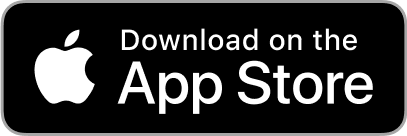
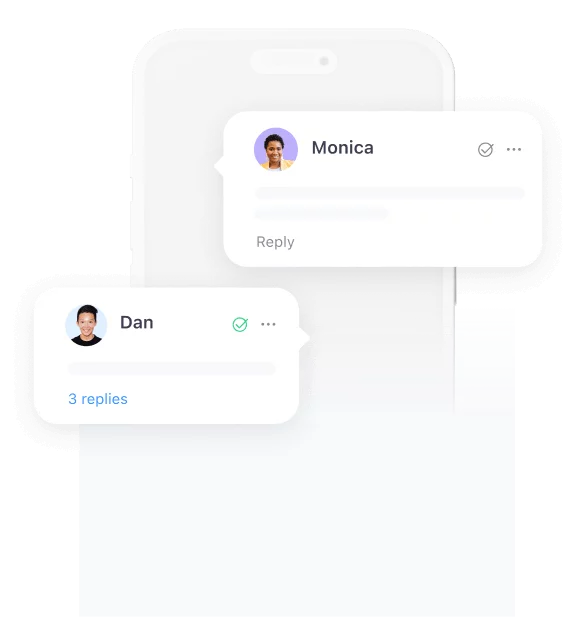
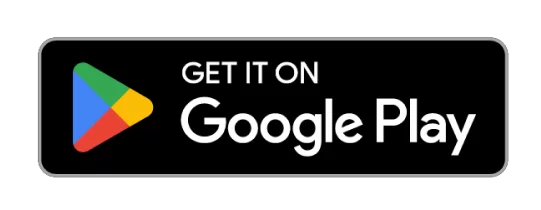
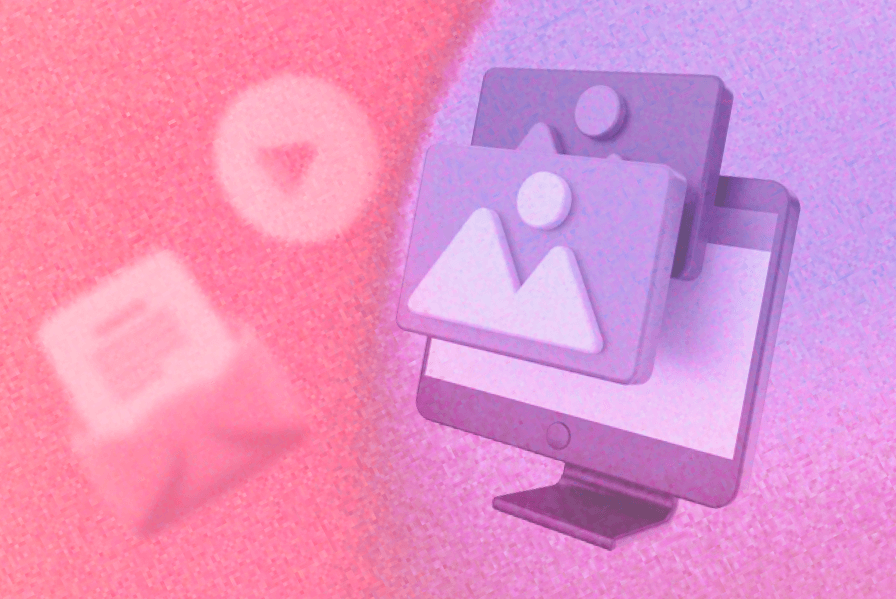

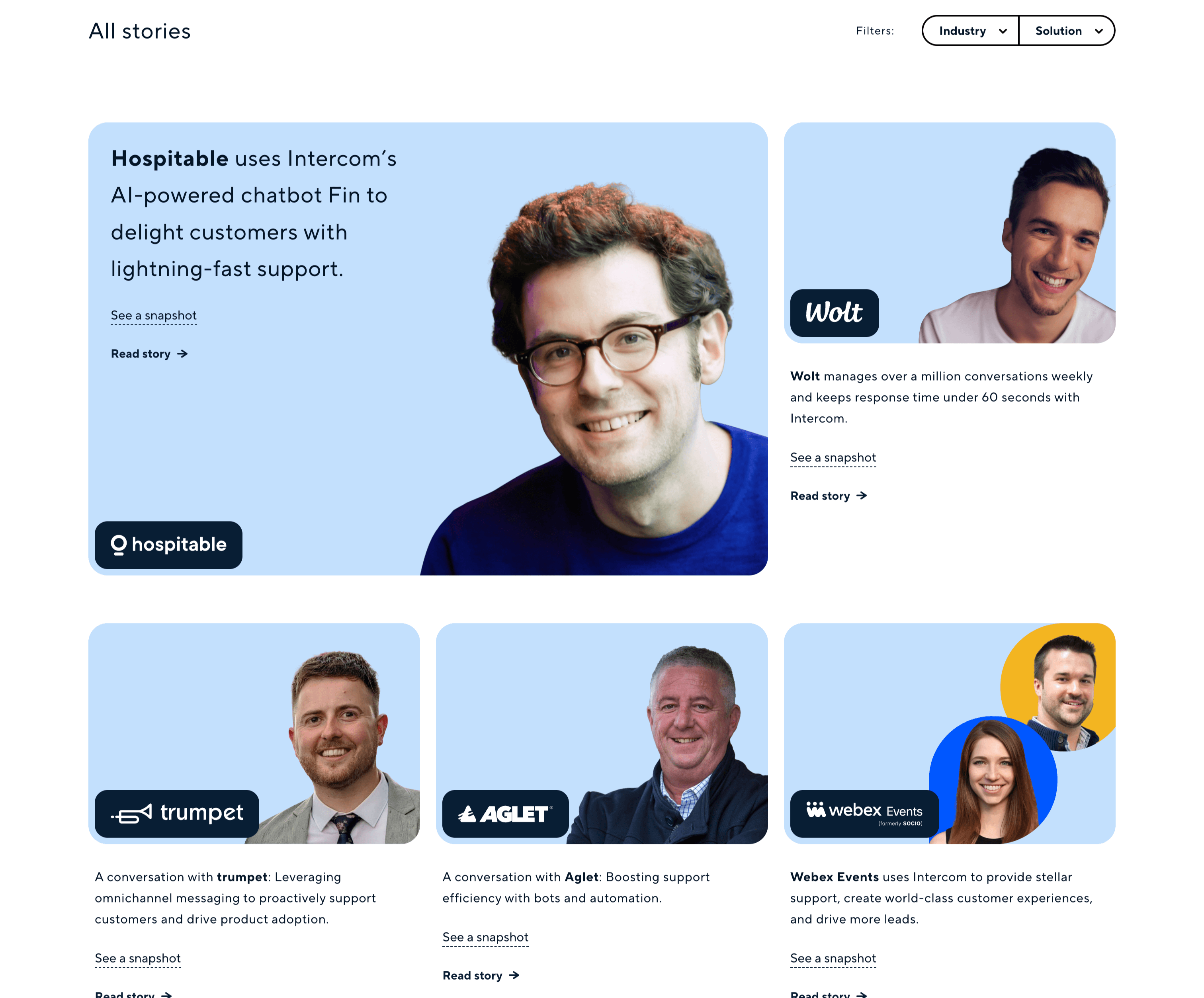
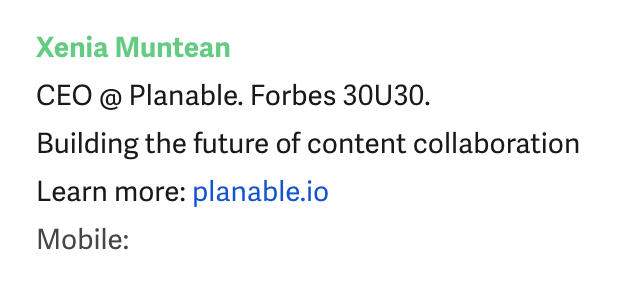
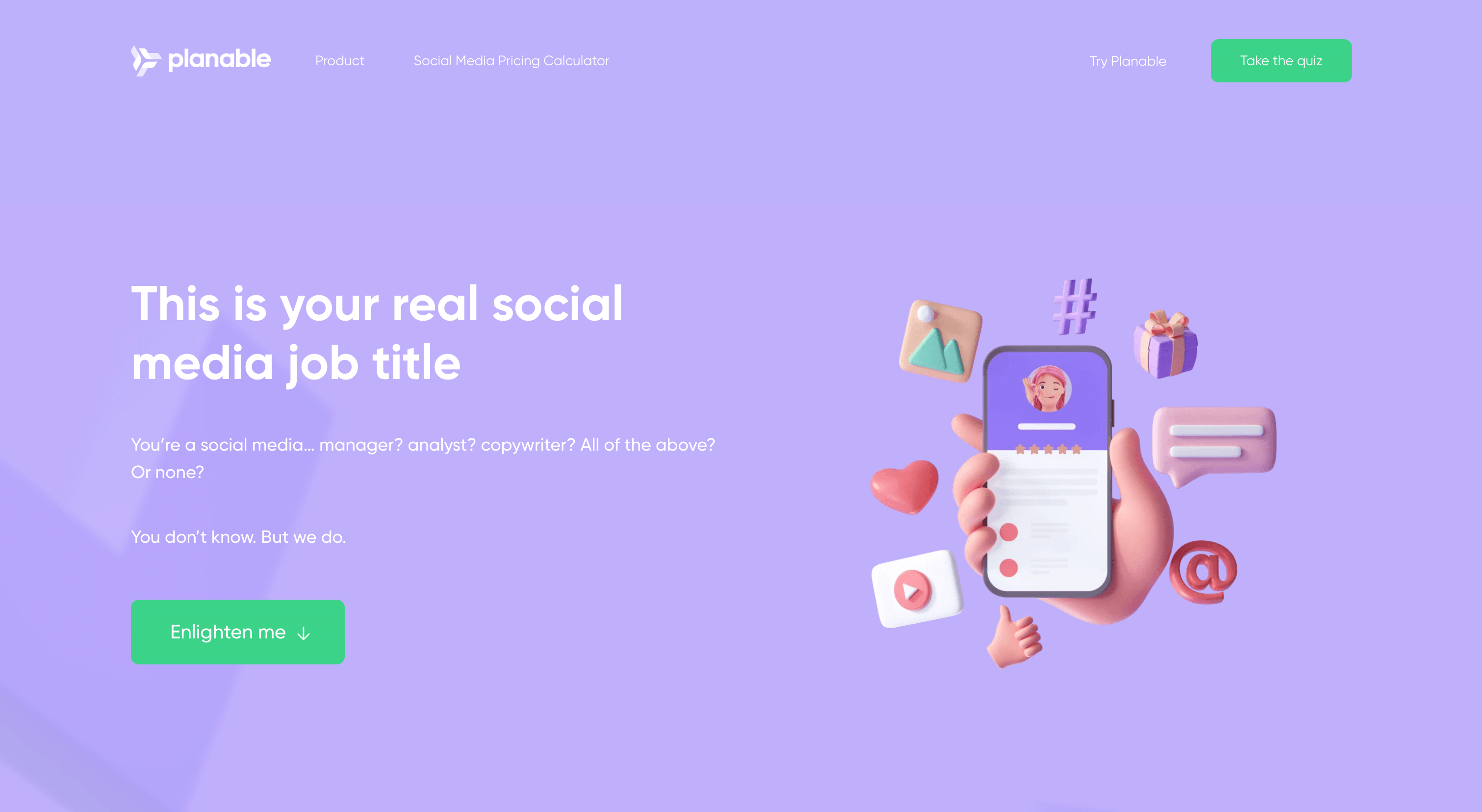
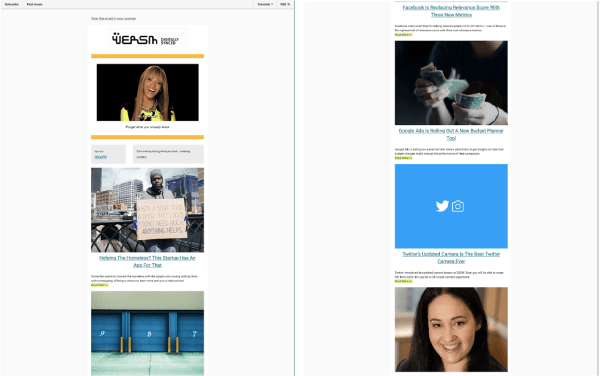
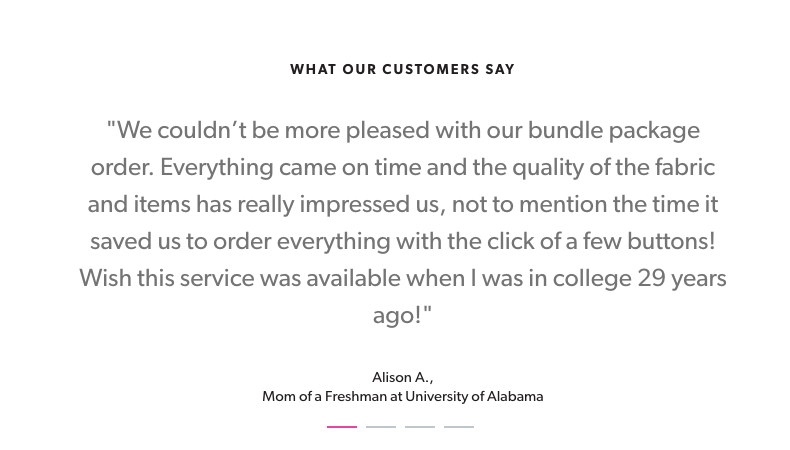
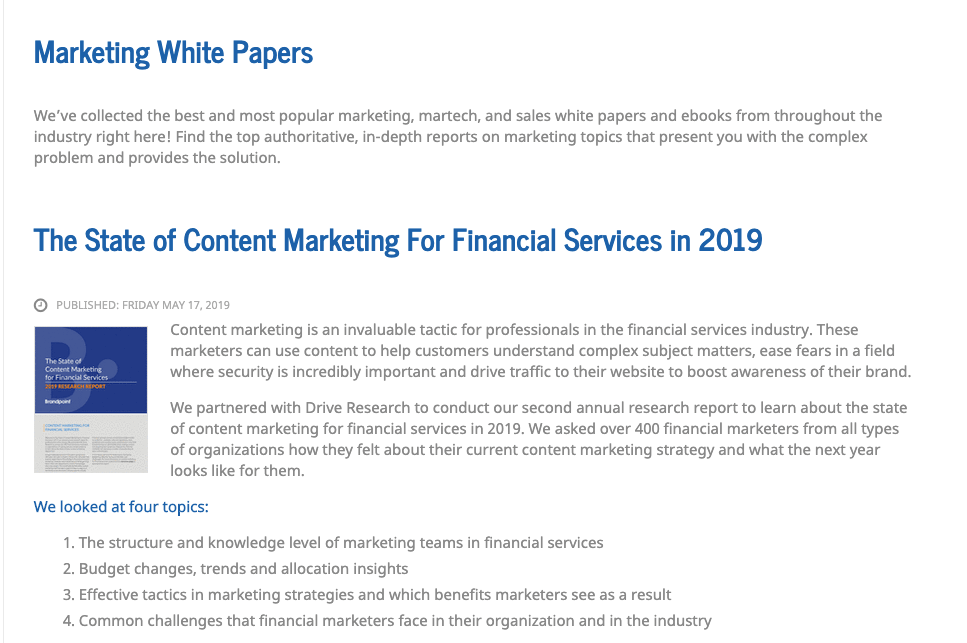
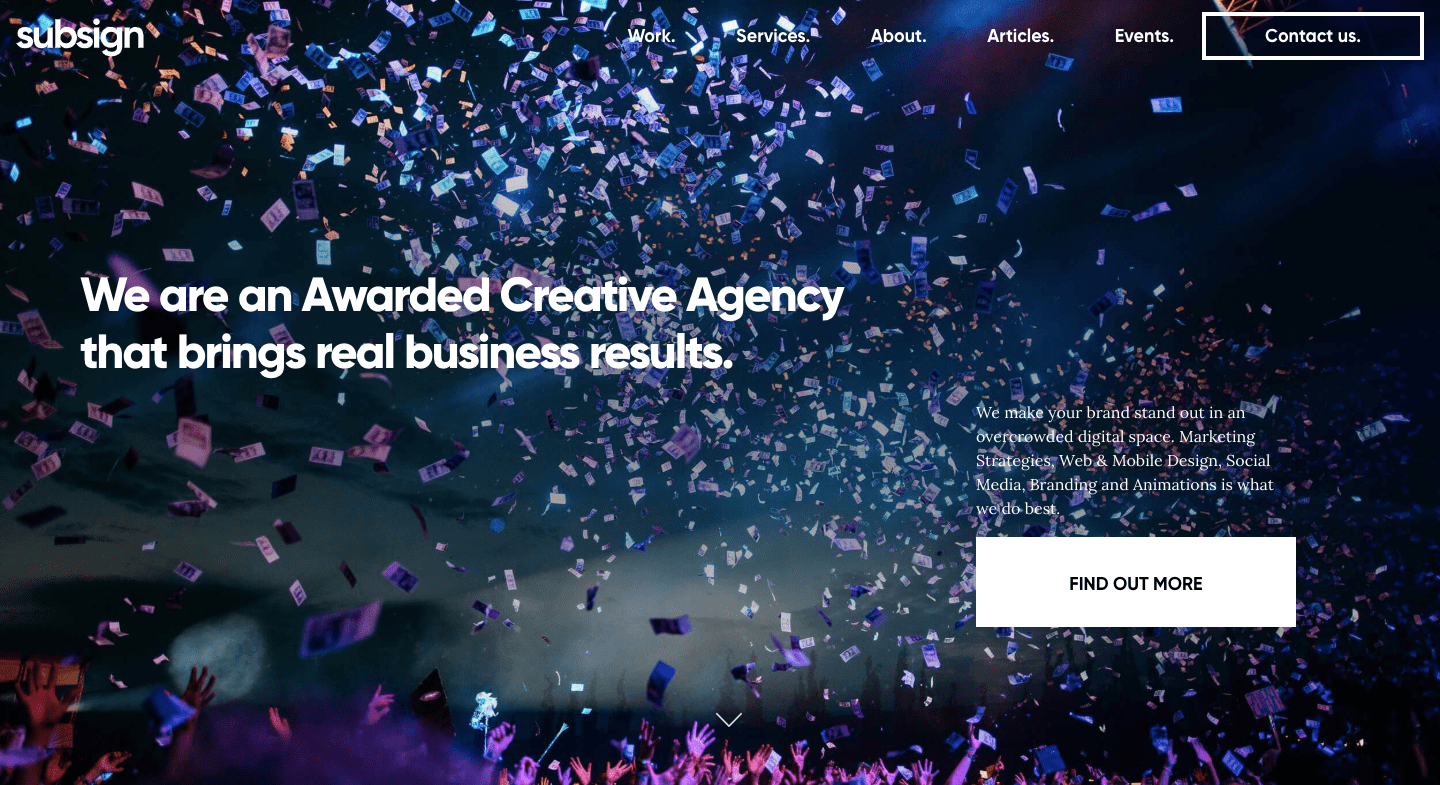
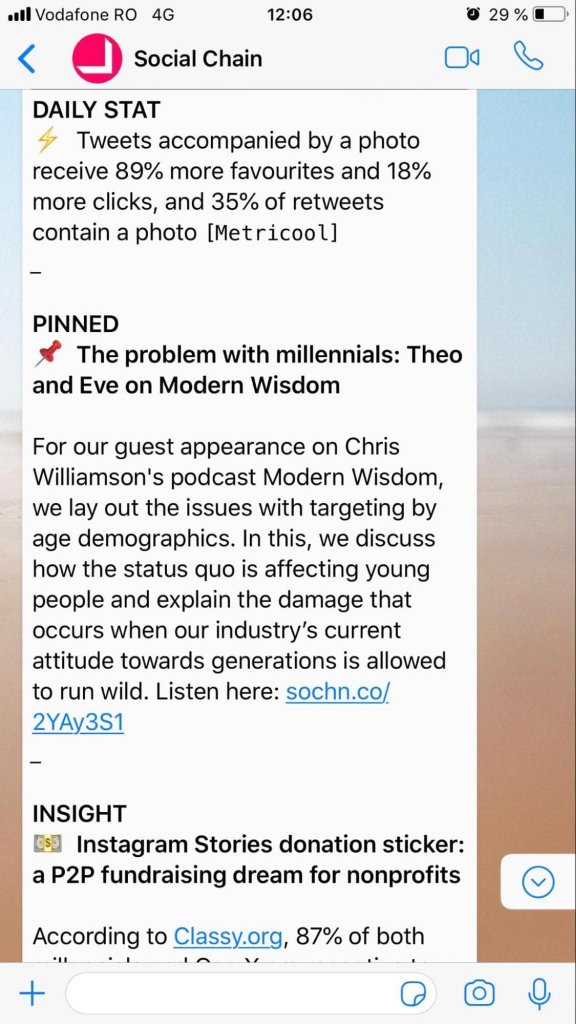
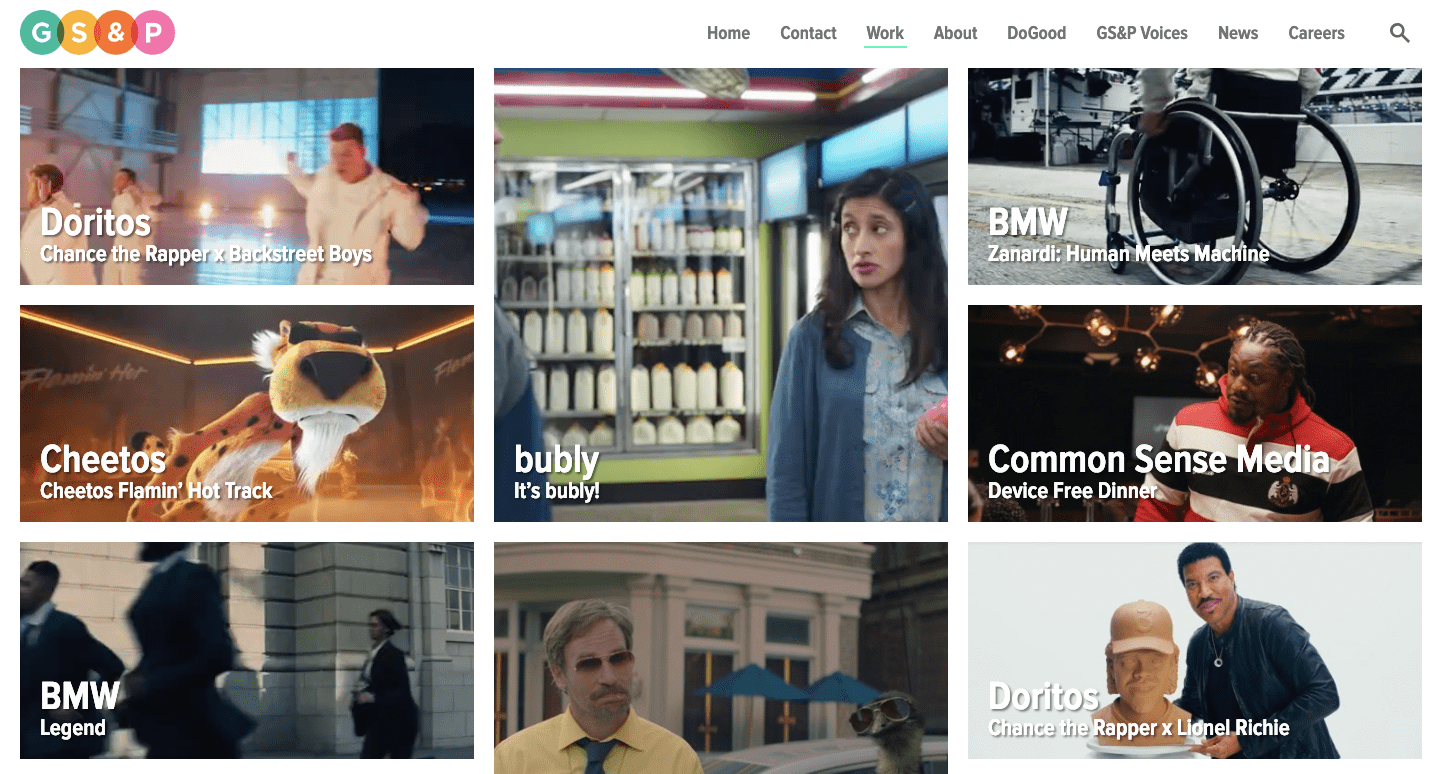
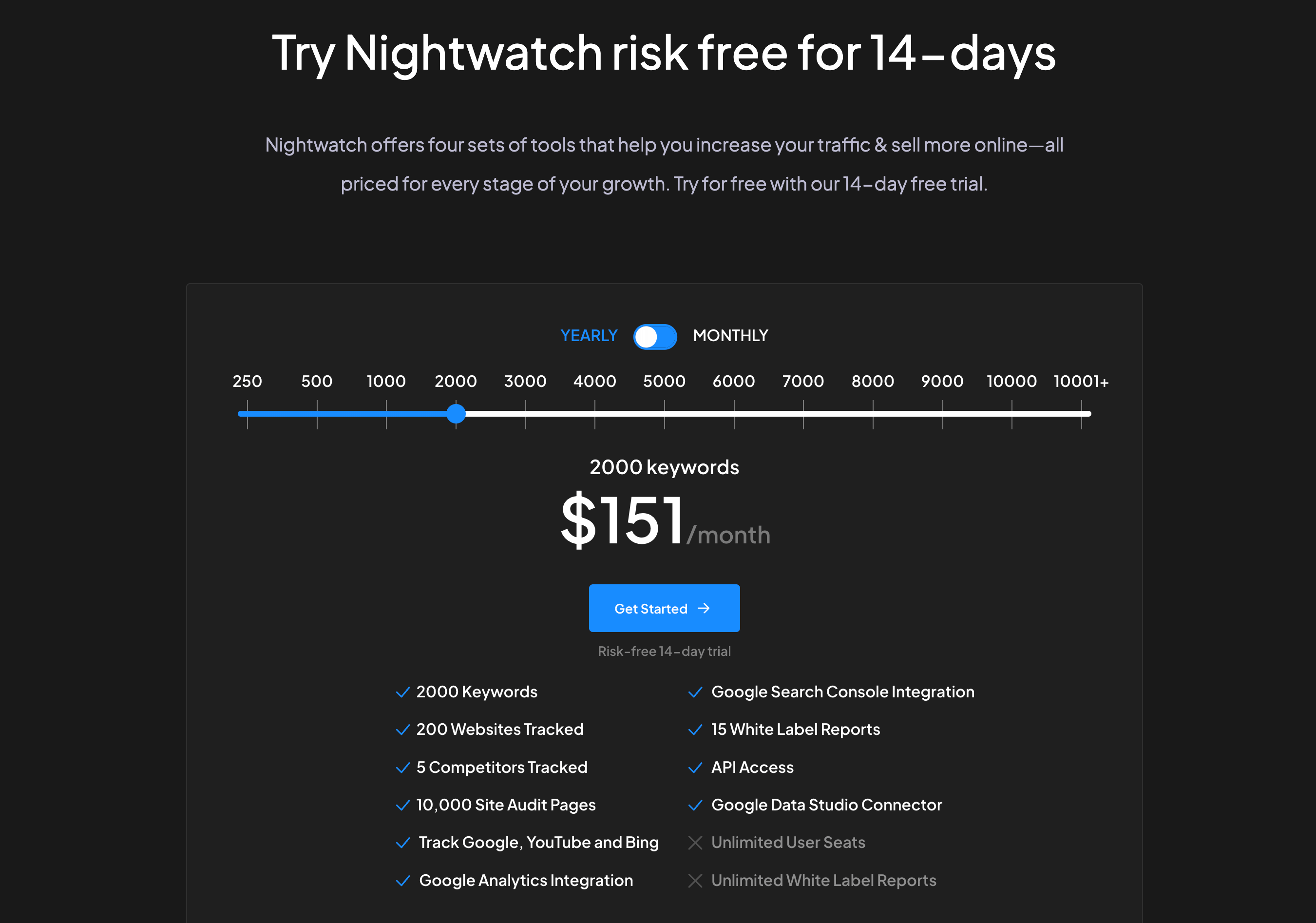
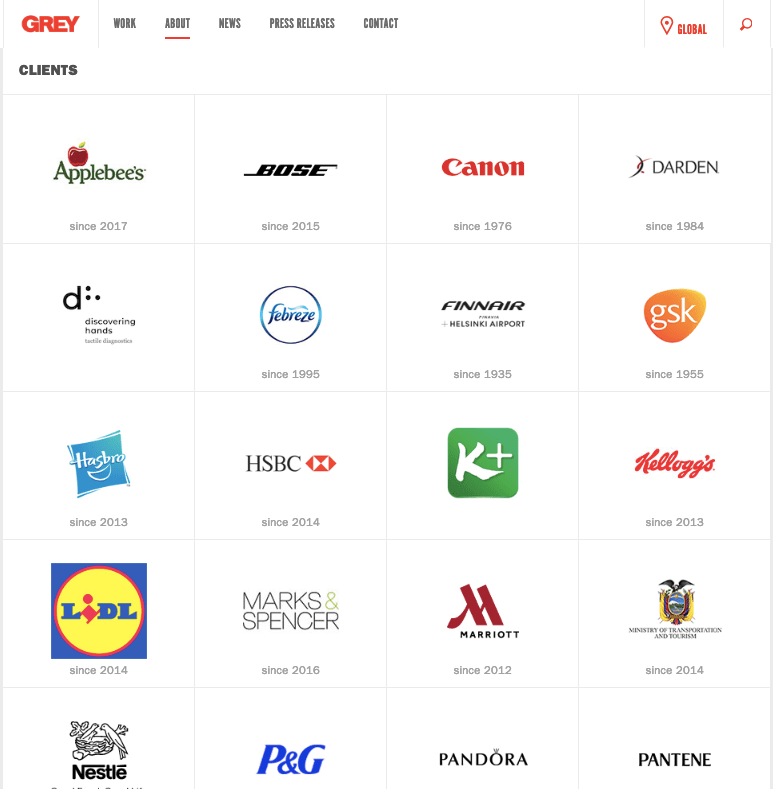
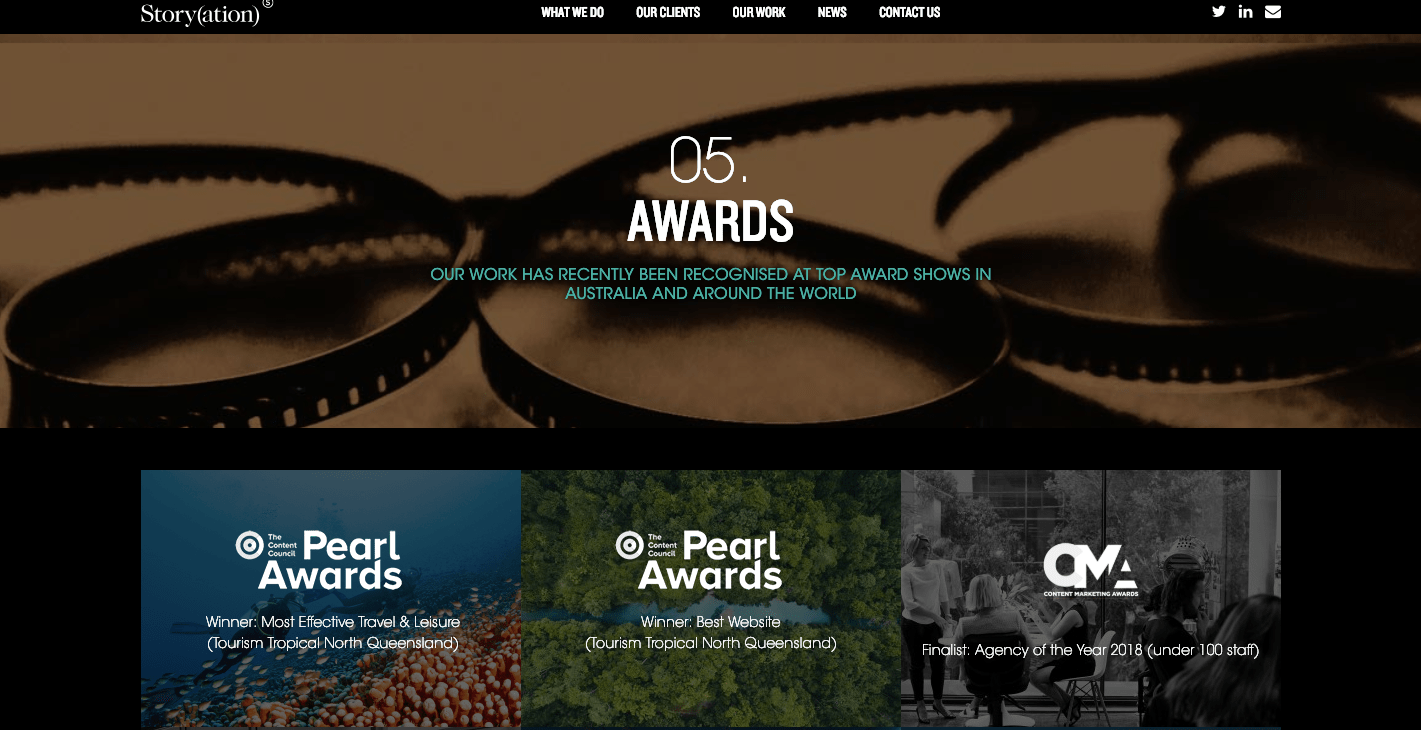
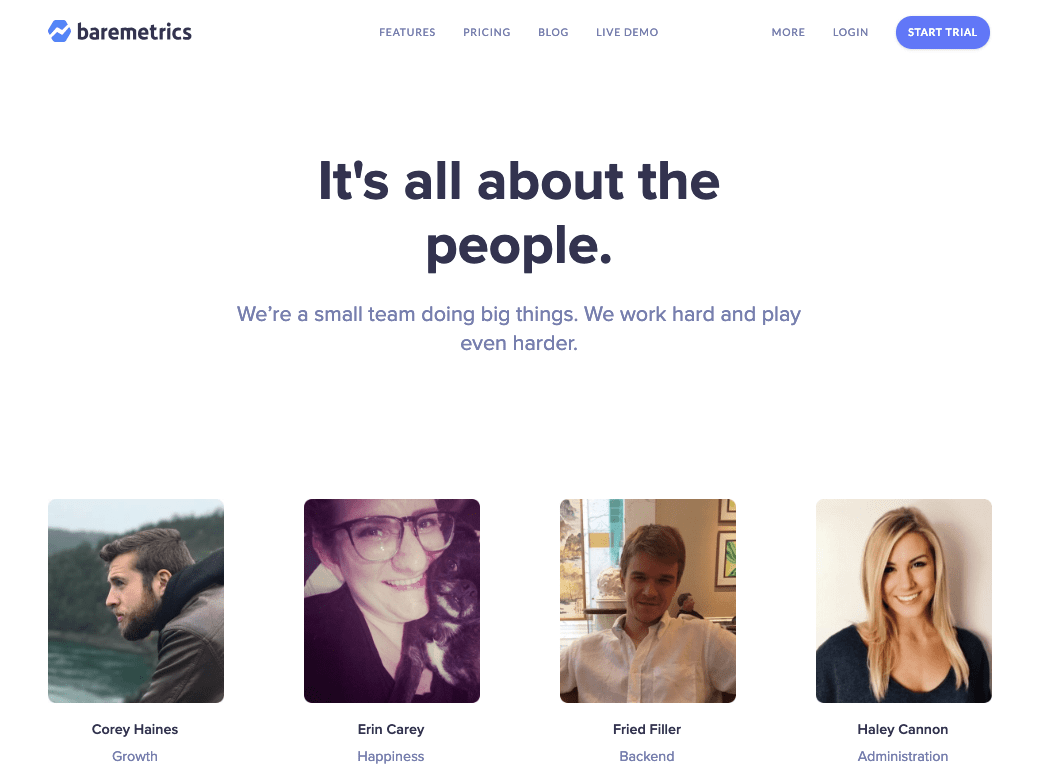
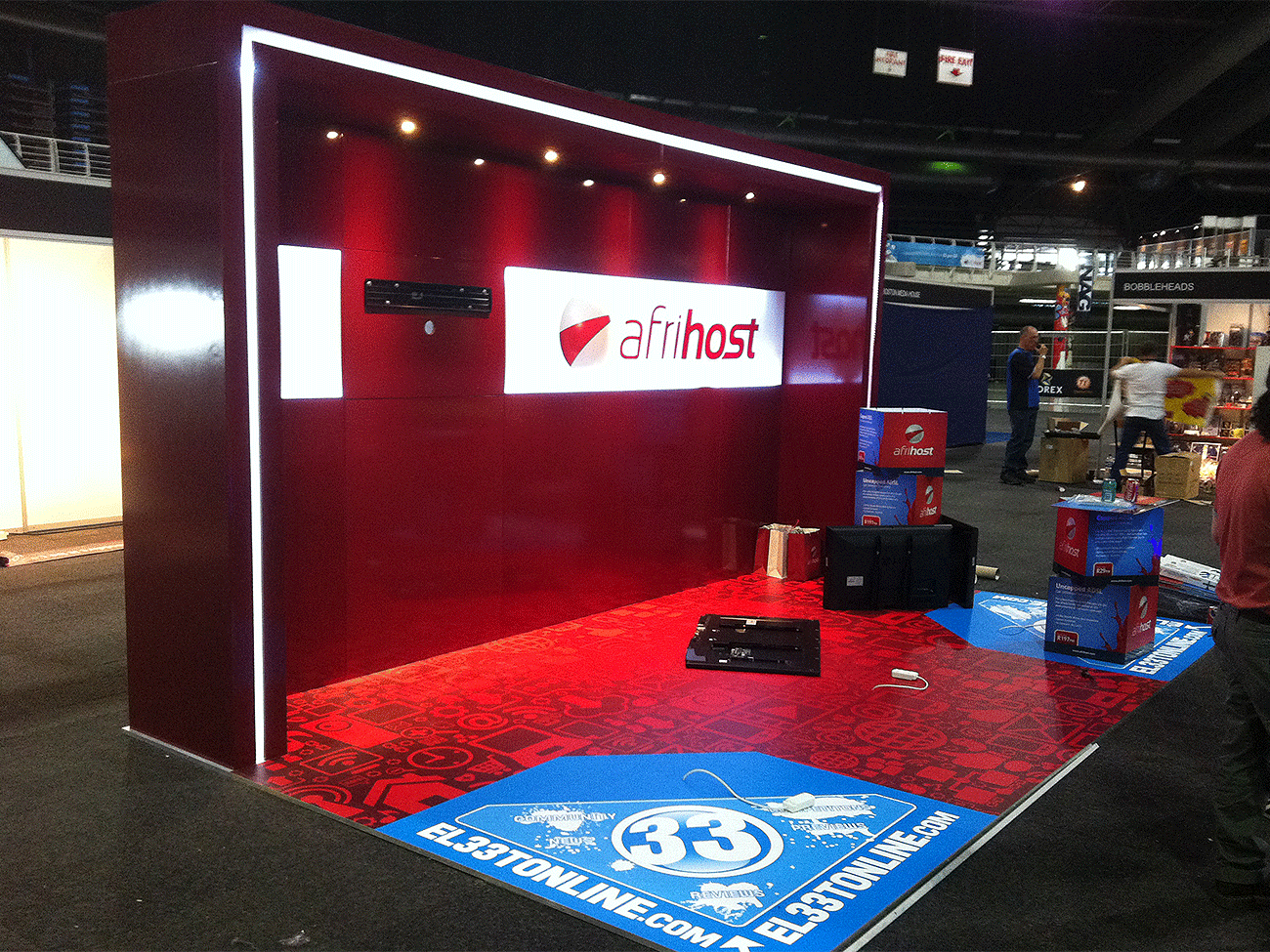
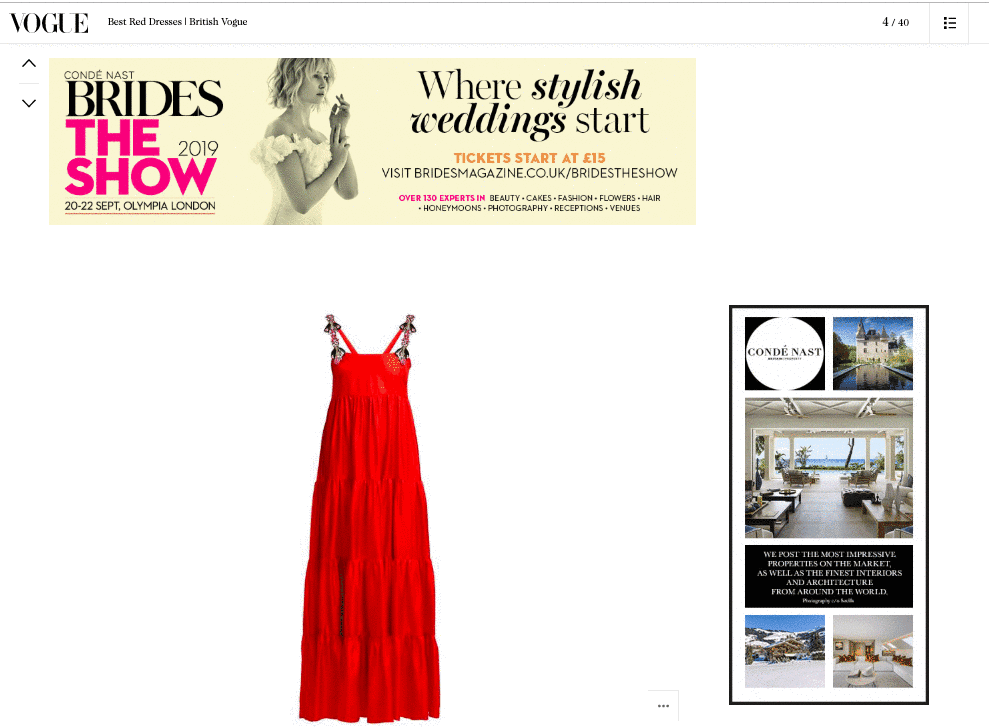
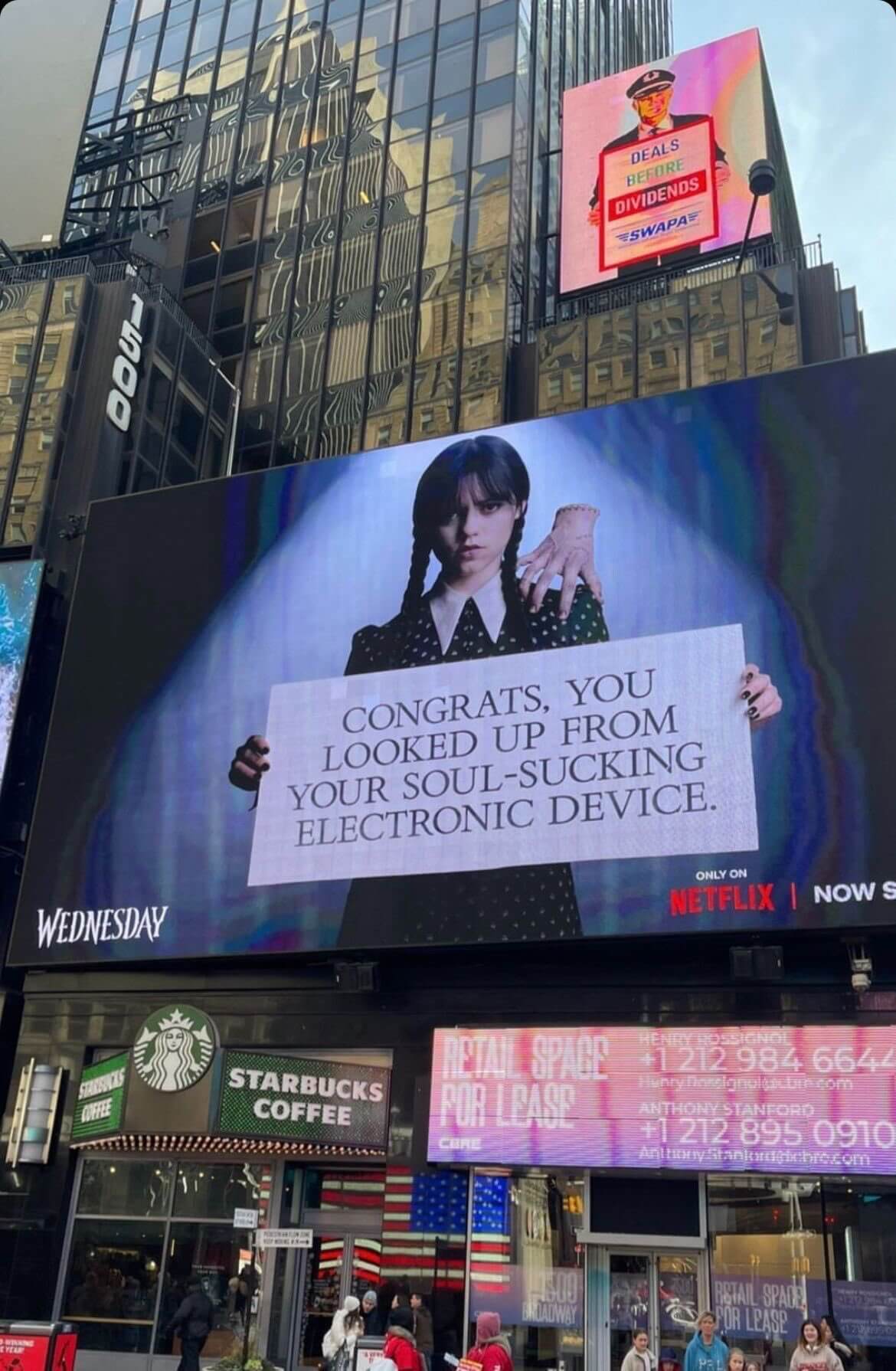
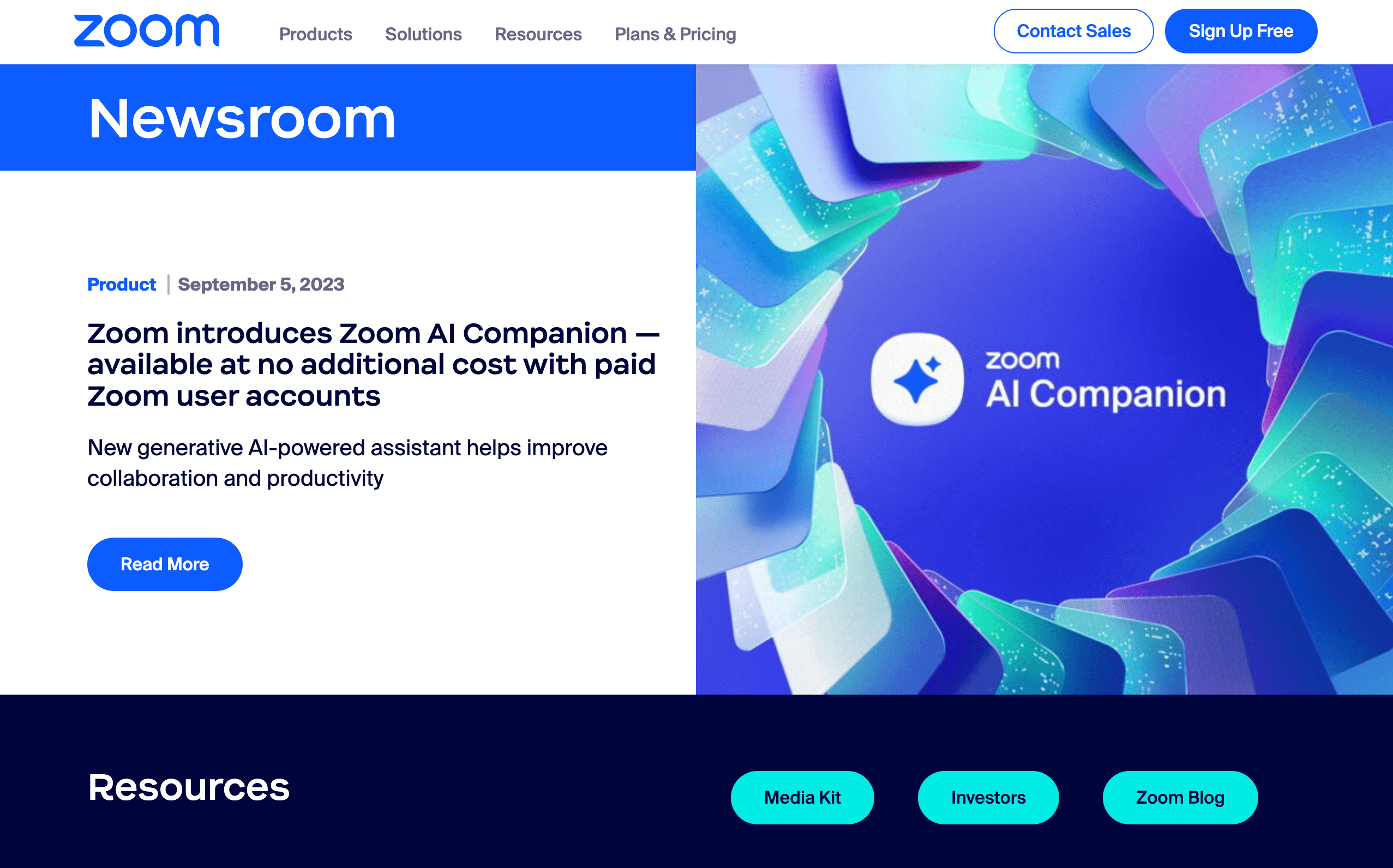
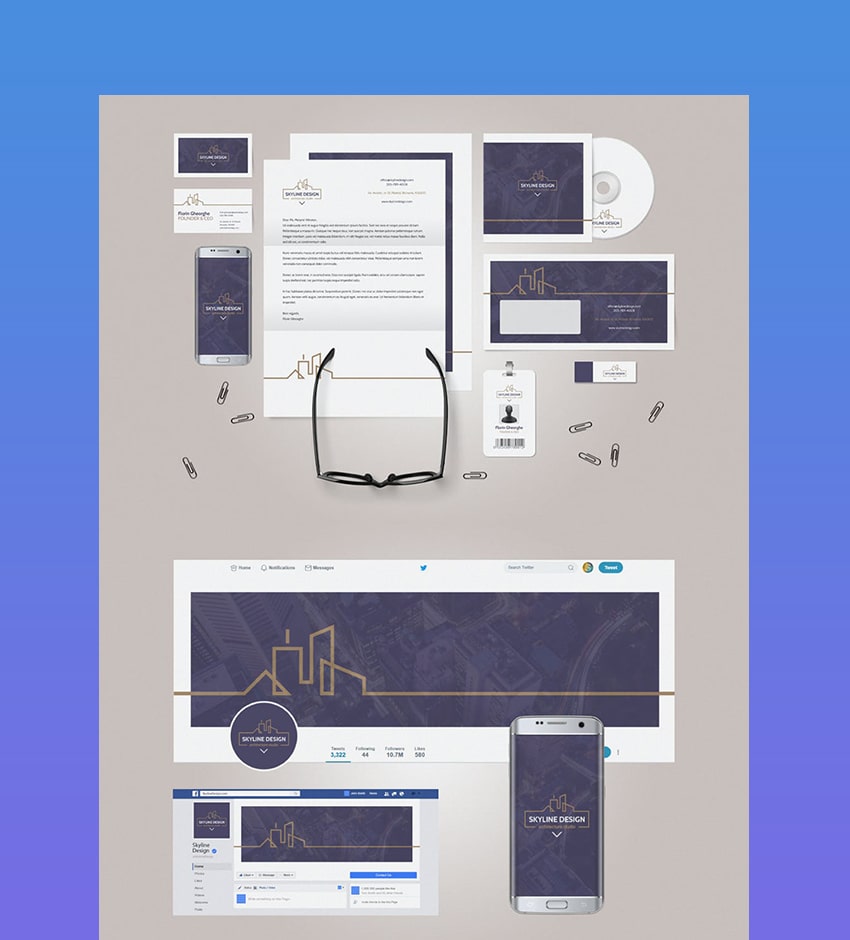

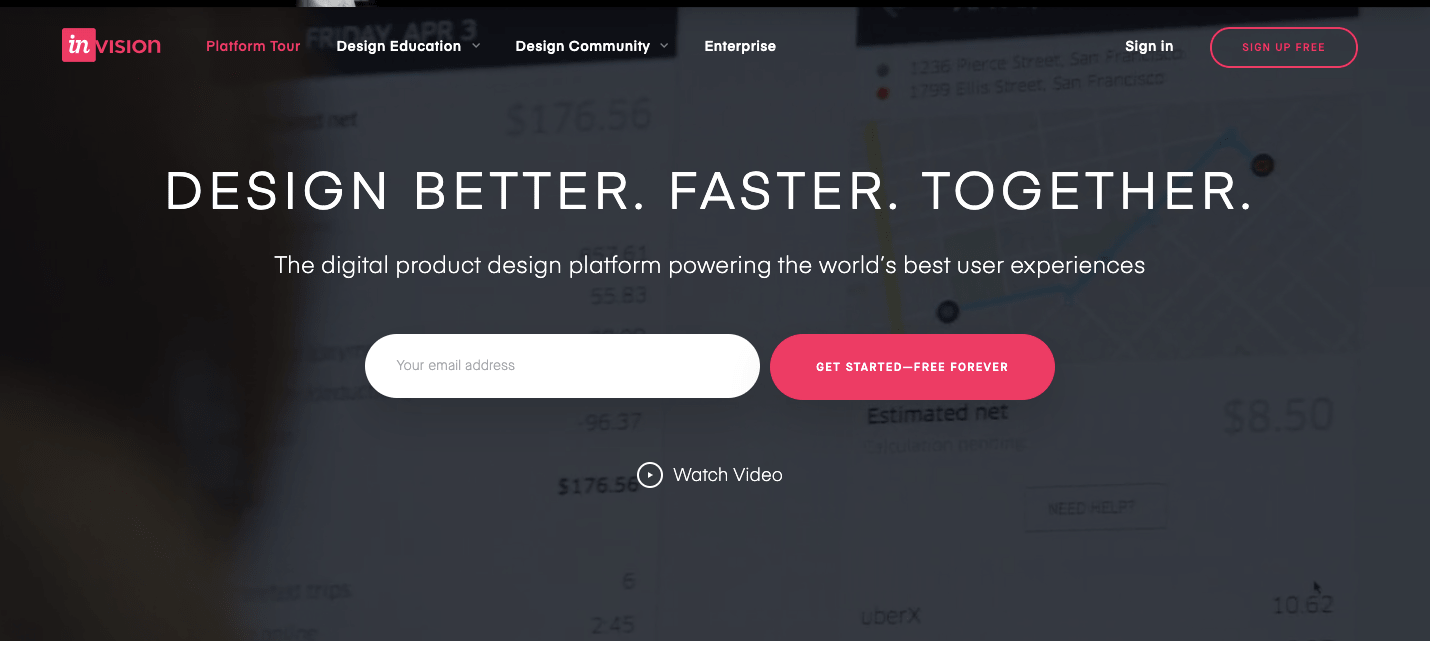
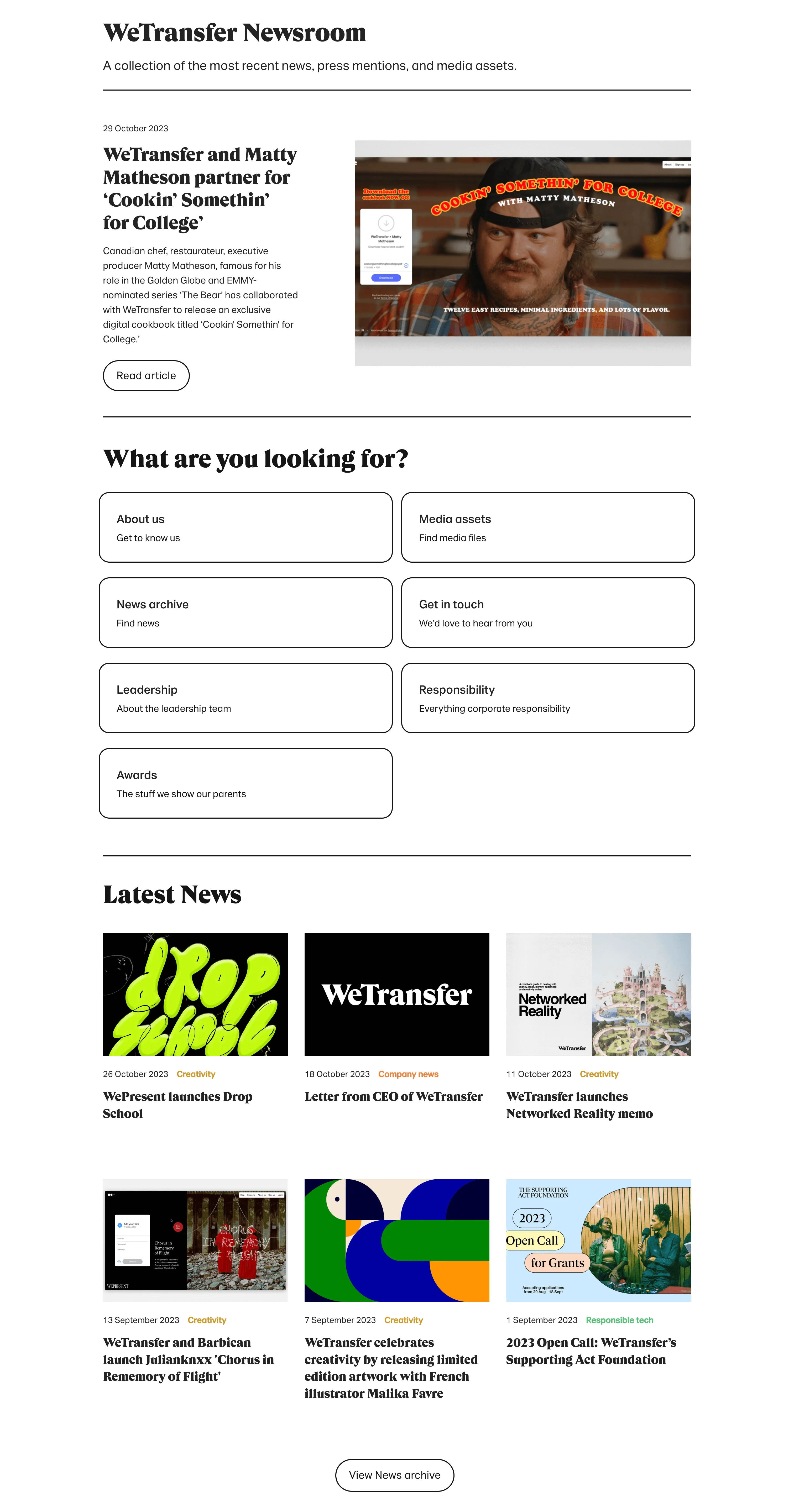
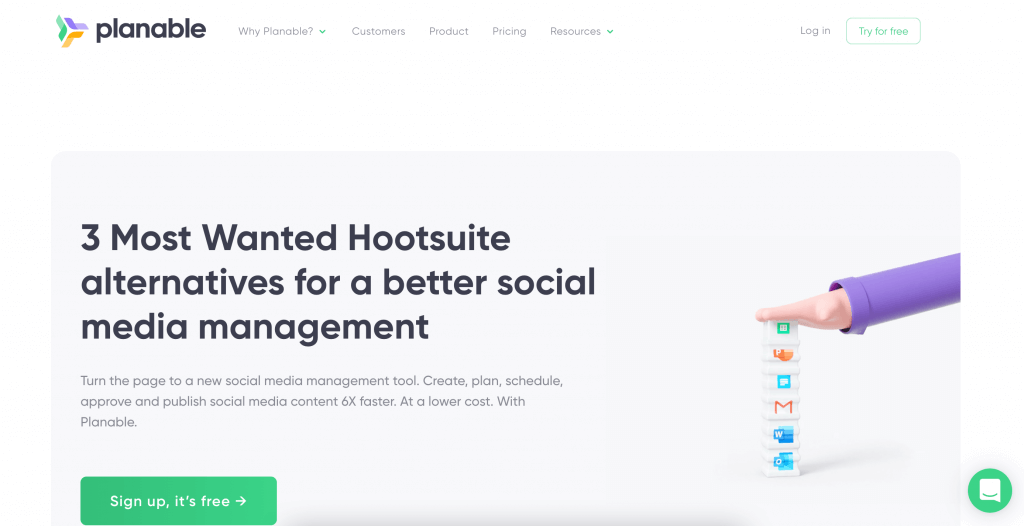
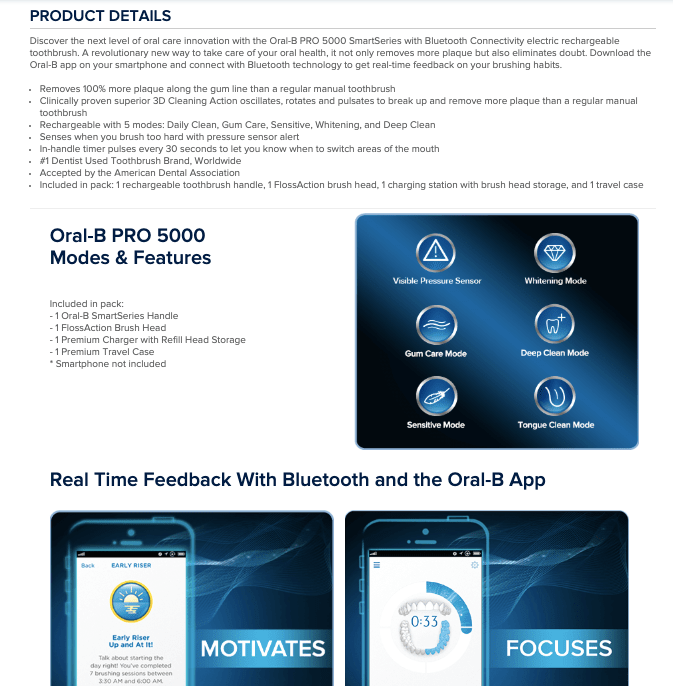
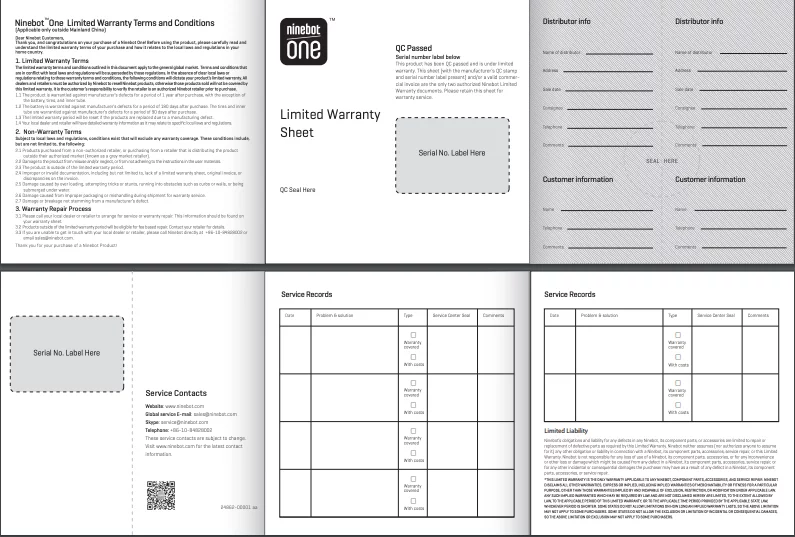
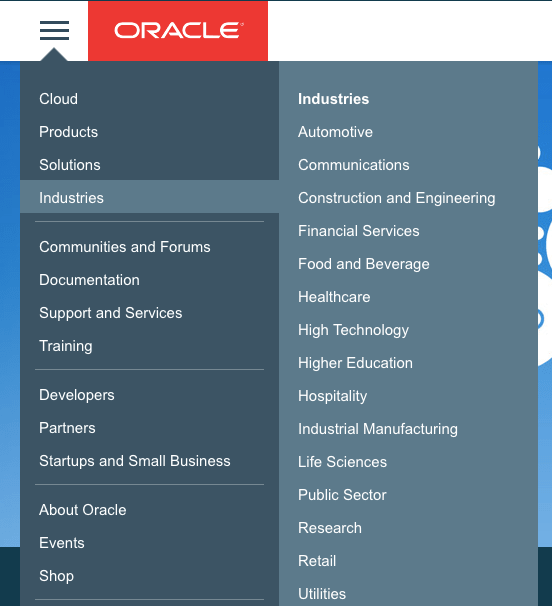
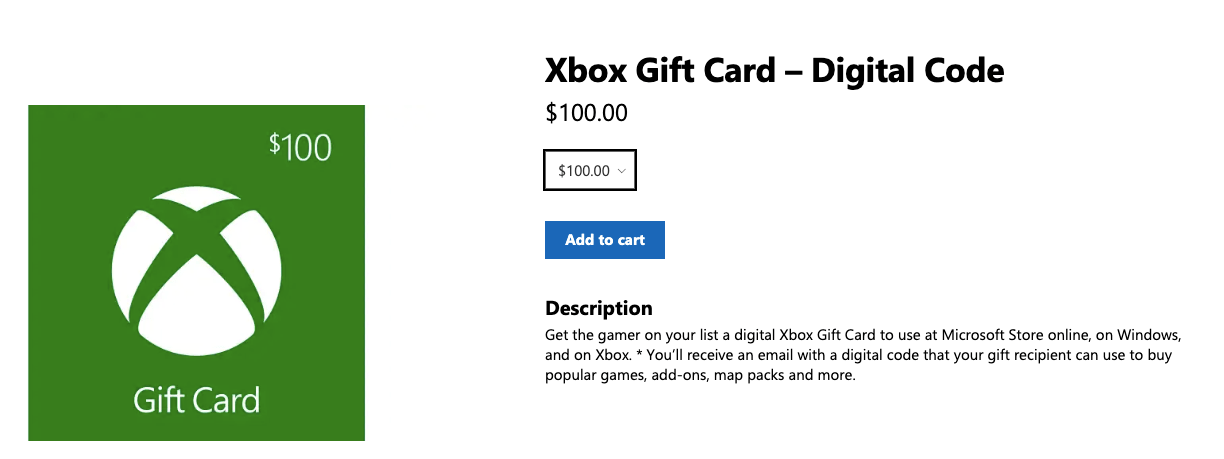
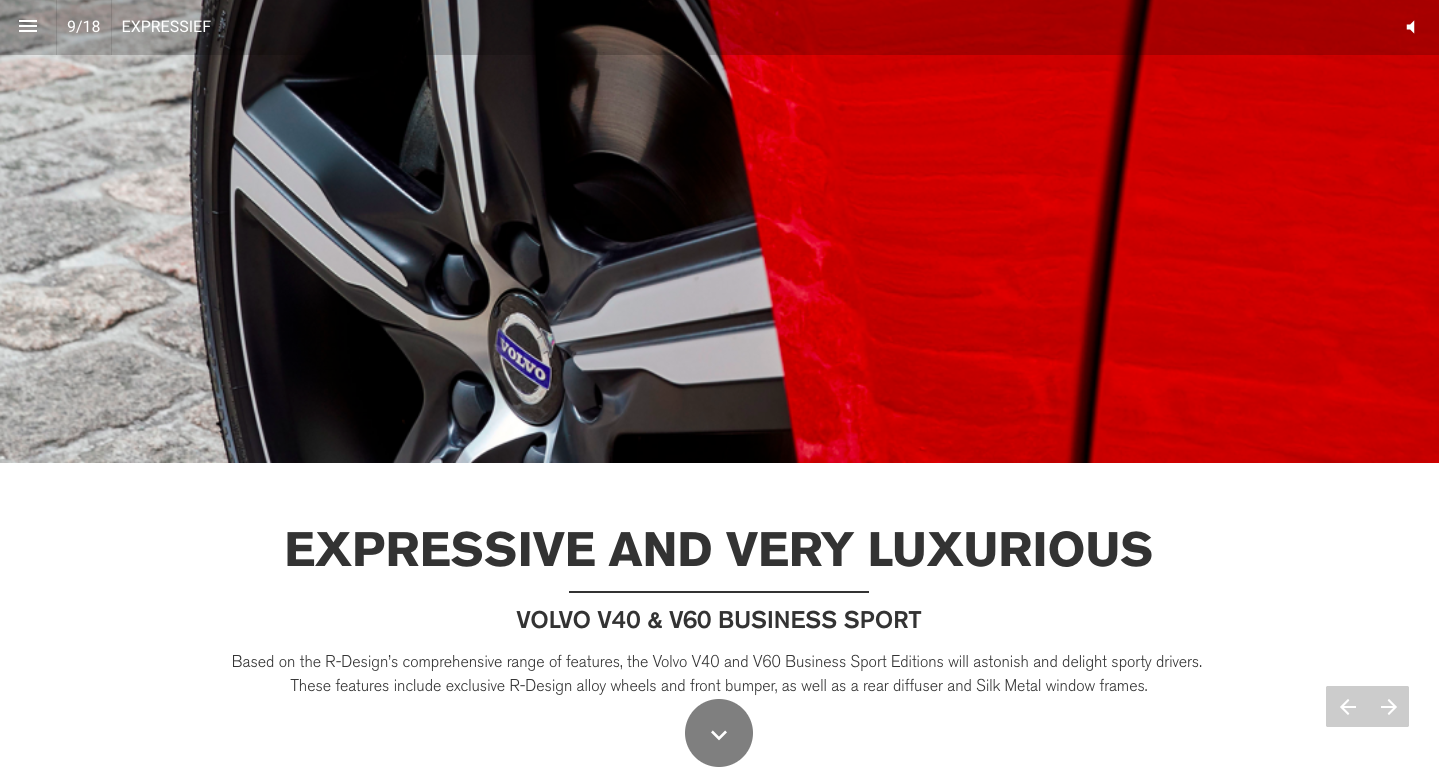
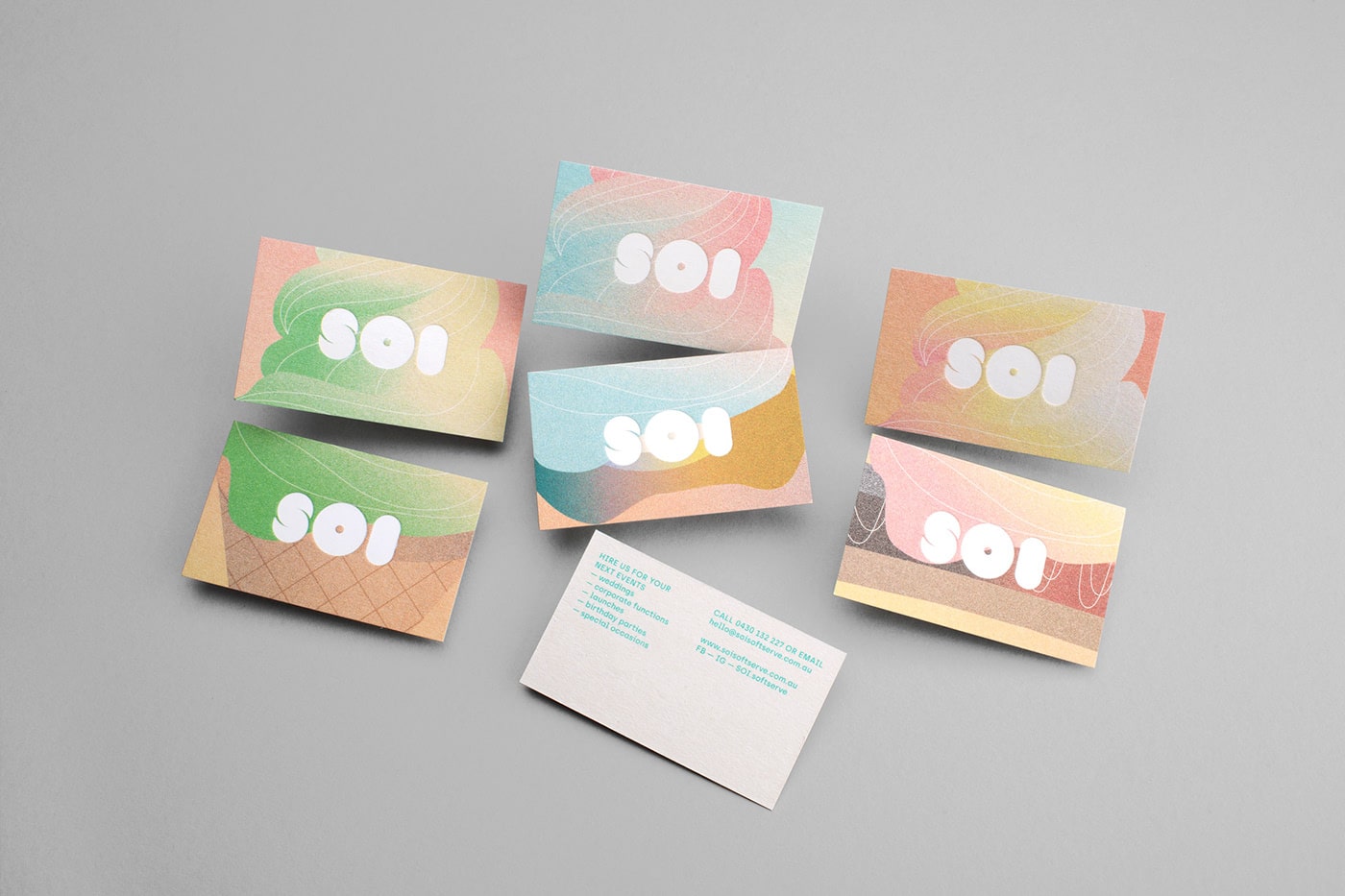 source
source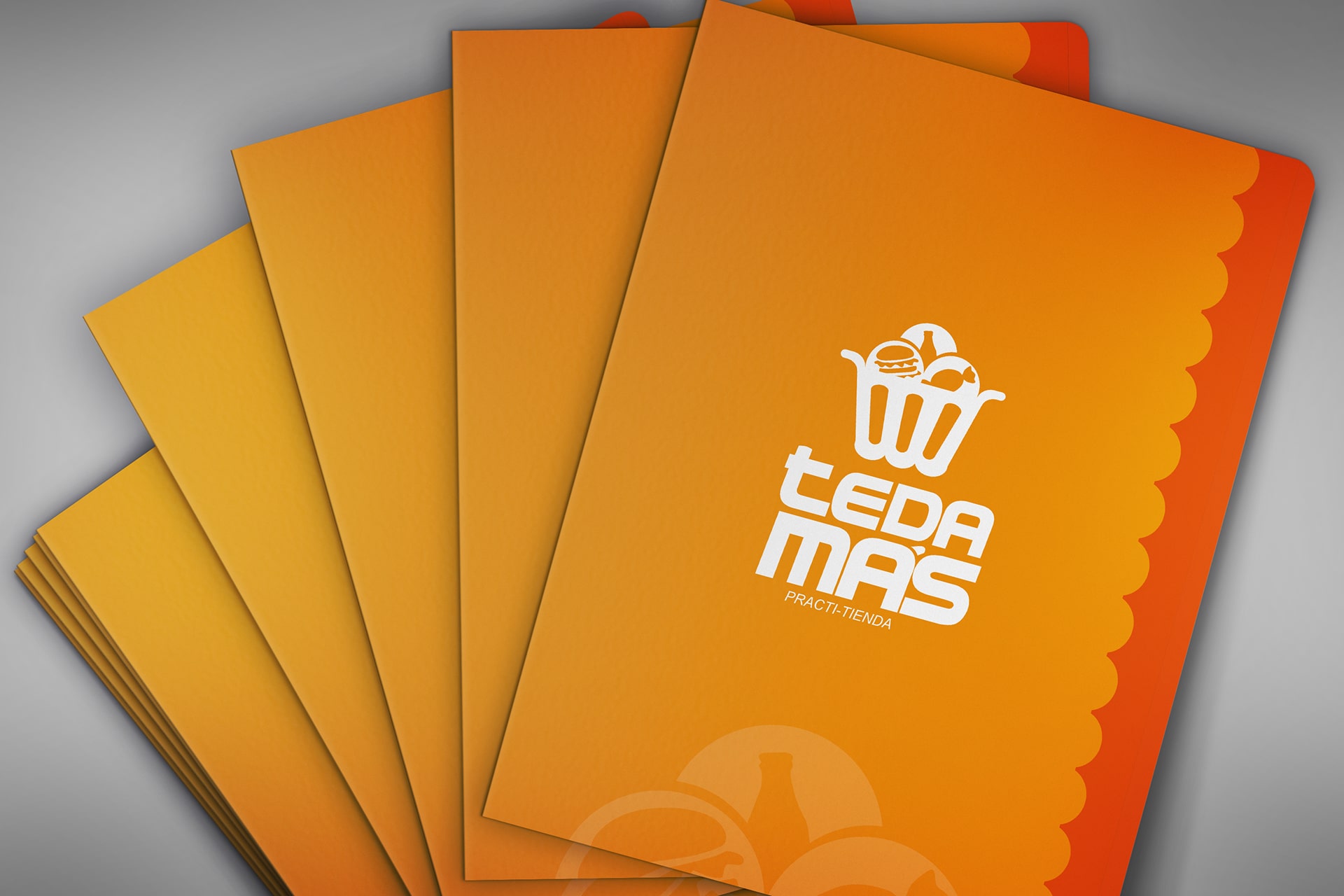 source
source